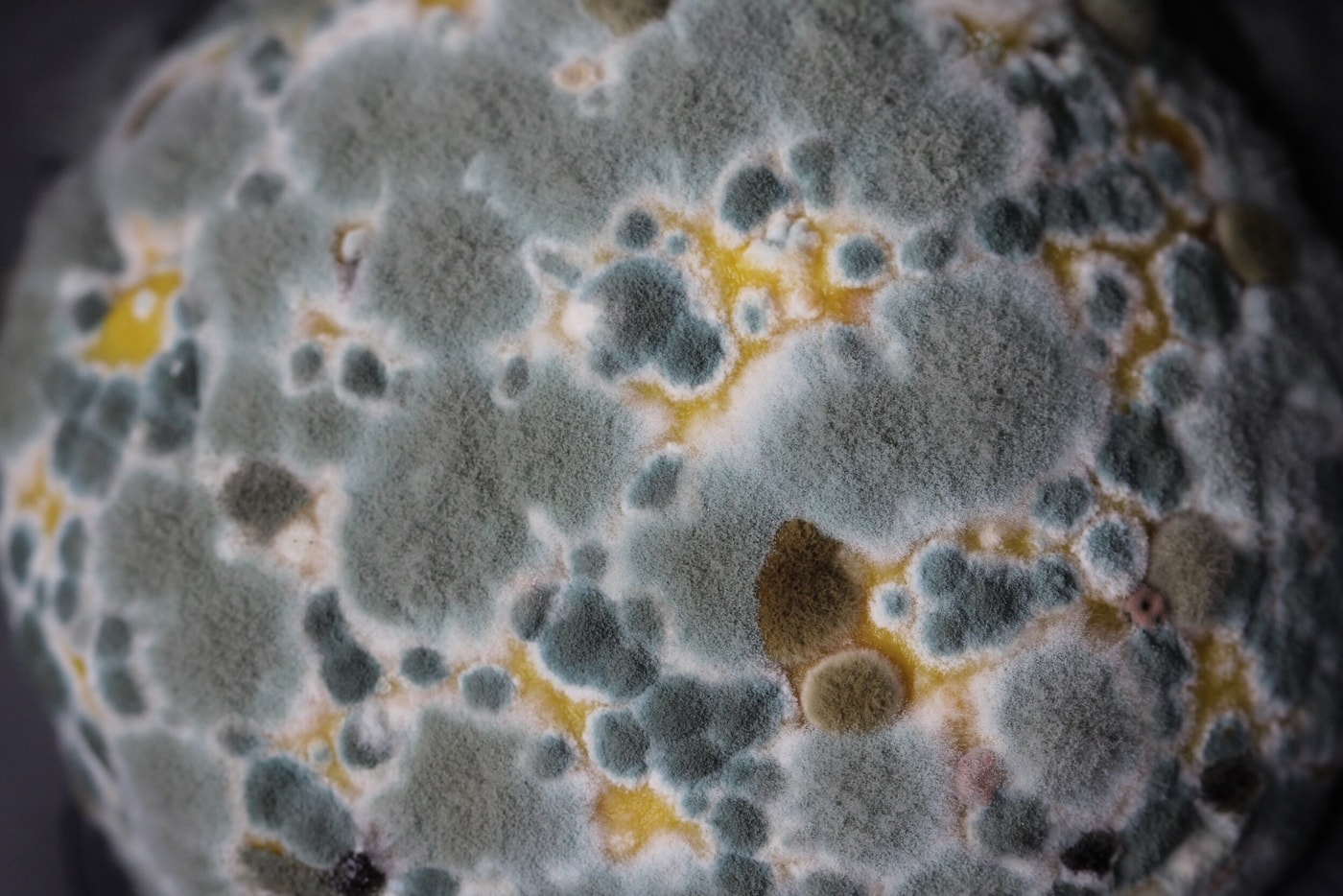Improve Your Security Procedures with Expert Mycotoxin testing Services
Improve Your Security Procedures with Expert Mycotoxin testing Services
Blog Article
Ensuring Compliance With Regulations: the Duty of Mycotoxin Checking in Quality Assurance
Guaranteeing compliance with stringent regulations is extremely important for maintaining food security, and the duty of mycotoxin screening in top quality control can not be overstated. Mycotoxins, harmful compounds generated by certain molds, present substantial wellness threats, making their discovery important in food manufacturing.
Comprehending Mycotoxins
Comprehending mycotoxins is essential to making sure the top quality and safety and security of farming products. The most notorious mycotoxins include aflatoxins, trichothecenes, fumonisins, and ochratoxins, each linked with certain ecological problems and fungal species.
The presence of mycotoxins in food items can lead to acute and chronic health concerns, including liver damages, immune suppression, and cancer causing results. By comprehending the resources, types, and effects of mycotoxins, stakeholders in the farming market can much better execute preventative procedures and mitigate threats, guaranteeing more secure intake for end-users.
Governing Standards for Mycotoxins
Having established a foundational understanding of mycotoxins and their influence on food security, it is crucial to review the regulatory standards regulating their visibility in farming products. Regulative standards for mycotoxins are important due to the fact that they specify permissible limits, guaranteeing food safety and security and securing public wellness. Different international and national agencies have actually set these limits based on extensive risk assessments.
The Codex Alimentarius Commission, an international body developed by the FAO and WHO, gives standards and optimum permitted levels for various mycotoxins in food and feed. The Codex has established restrictions for aflatoxins in peanuts, maize, and dried figs, amongst other products. These requirements are often taken on or adapted by private nations to fit their particular needs.
In the European Union, Law (EC) No 1881/2006 specifies optimum levels for numerous mycotoxins, such as aflatoxins, ochratoxin A, and deoxynivalenol, in different food. The U.S. Food and Medicine Management (FDA) has developed activity degrees for mycotoxins like aflatoxins in assets such as nuts and grains.
Adherence to these governing criteria is important for preserving market accessibility, consumer trust fund, and public health and wellness. Non-compliance can lead to substantial economic losses and health and wellness dangers, emphasizing the relevance of rigorous mycotoxin screening protocols.
Checking Approaches and Technologies

ELISA is widely valued for its fast and affordable screening capabilities, making it excellent for high-throughput environments. It depends on antibodies to find particular mycotoxins, giving outcomes in a fairly short time framework. Nonetheless, its sensitivity might be limited compared to much more innovative techniques.
HPLC, on the various other hand, masters giving quantitative analysis with high precision and precision. It divides complex blends right into private parts, making it highly efficient for recognizing and measuring multiple mycotoxins at the same time - Mycotoxin testing Services. This strategy, while much more resource-intensive and time-consuming than ELISA, uses a greater level of reliability

LC-MS stands for the peak of analytical specificity and level of this hyperlink sensitivity. Incorporating the splitting up power of liquid chromatography with the detection capacities of mass spectrometry, LC-MS can find even trace levels of mycotoxins. This method is essential for confirming the visibility of mycotoxins in governing and forensic contexts, ensuring compliance with strict safety criteria.
Applying Checking Procedures

Incorporating these sophisticated screening approaches right into a comprehensive high quality control structure requires a well-structured approach to executing testing protocols. To achieve this, organizations have to initially carry out a complete risk assessment to determine possible mycotoxin contamination points within the supply chain. This assessment informs the growth of a customized screening method that resolves details susceptabilities.
Following, developing standardized sampling treatments is vital. Consistent tasting guarantees that examination results are dependable and rep of the entire set (Mycotoxin testing Services). Abiding by standards from regulative bodies, such as the FDA or EFSA, helps maintain compliance and enhances the trustworthiness of the testing procedure
Training personnel is another critical component. Staff has to excel in both example collection and the procedure of screening tools. Routine training sessions and qualification programs can guarantee that employee remain upgraded with the newest techniques and regulatory modifications.
Advantages of Mycotoxin Evaluating
Mycotoxin testing offers various benefits that significantly improve the safety and top quality of food and feed products. Largely, it works as a critical control action to avoid contaminated products from getting to the consumer market, consequently guarding public health and wellness. By determining and measuring mycotoxins such as aflatoxins, ochratoxins, and fumonisins, manufacturers can ensure that their products satisfy rigid regulatory requirements, thus staying clear of potential lawful consequences and linked prices.
In addition, mycotoxin testing adds to the economic viability of food and feed sectors by minimizing the risk of large item remembers. The capacity to spot and isolate contaminated batches early in the manufacturing process reduces waste and prevents the monetary losses connected with broken brand credibility. Moreover, it fosters customer trust fund and commitment, as consumers are progressively mindful anchor of food safety and security concerns and demand higher quality requirements.
The application of regular mycotoxin testing likewise advertises best methods within agricultural and manufacturing fields. By adhering to extensive testing methods, firms can maximize their quality assurance procedures, improve operational efficiency, and make sure the consistent manufacturing of risk-free, high-quality products. Finally, the benefits of mycotoxin testing are multifaceted, adding to public wellness, economic stability, and industry honesty.
Final Thought
Mycotoxin testing is essential in guaranteeing conformity with find more information regulative standards, thereby keeping food security and quality assurance. By methodically finding damaging mycotoxins, this practice assists mitigate wellness threats, prevent lawful effects, and stay clear of monetary losses associated with item recalls. Applying robust testing procedures fosters customer trust fund and confidence in food safety and security practices, eventually supporting the stability and reputation of food organizations. Thus, mycotoxin screening stays an essential part of modern food safety administration systems.
Making certain conformity with stringent policies is vital for maintaining food security, and the function of mycotoxin screening in top quality control can not be overemphasized.In the world of mycotoxin testing, progressed technologies and methods are essential in making certain food safety and regulatory compliance.Mycotoxin screening provides various benefits that substantially improve the security and high quality of food and feed items.Mycotoxin screening is vital in making certain conformity with regulative criteria, thereby maintaining food safety and quality control. Therefore, mycotoxin screening stays an indispensable component of modern-day food safety and security monitoring systems.
Report this page